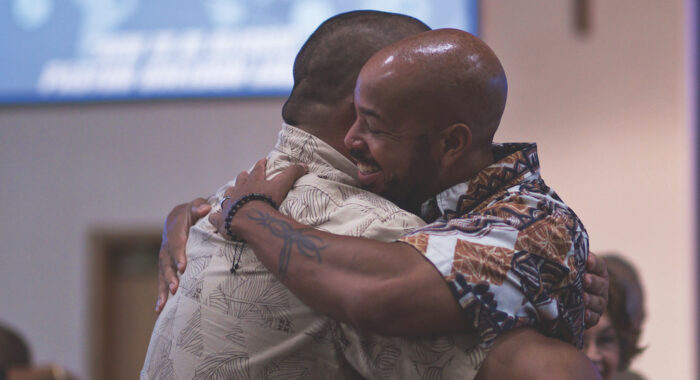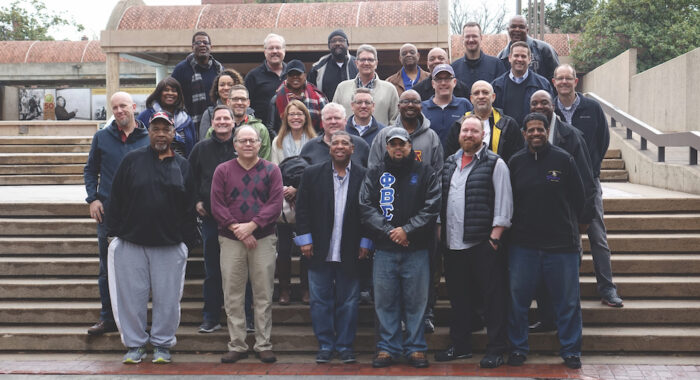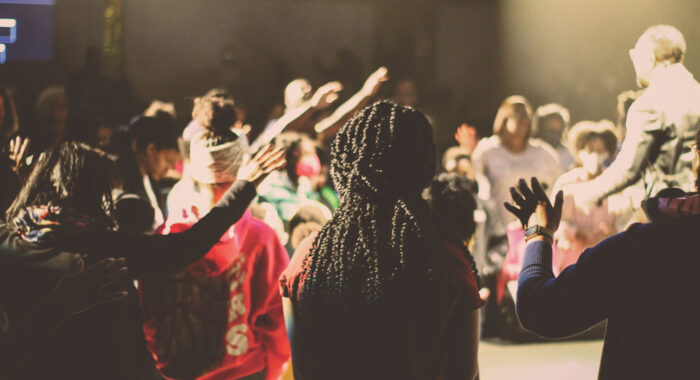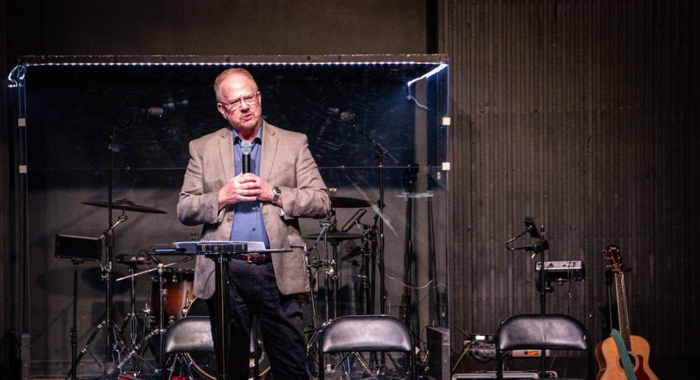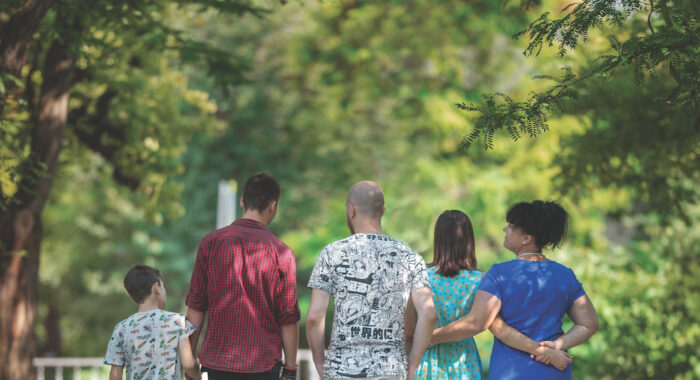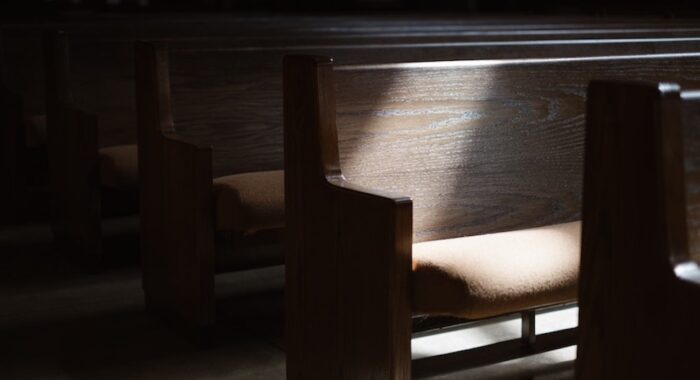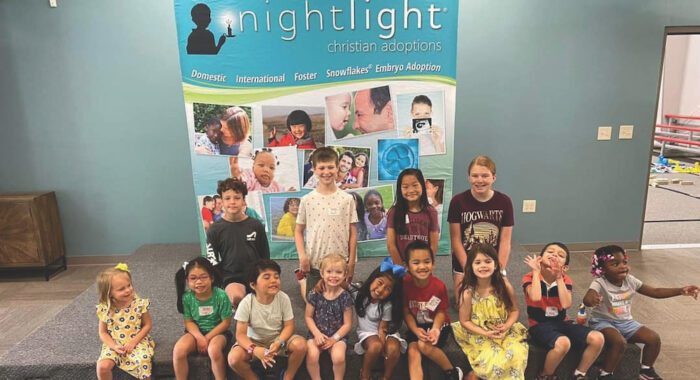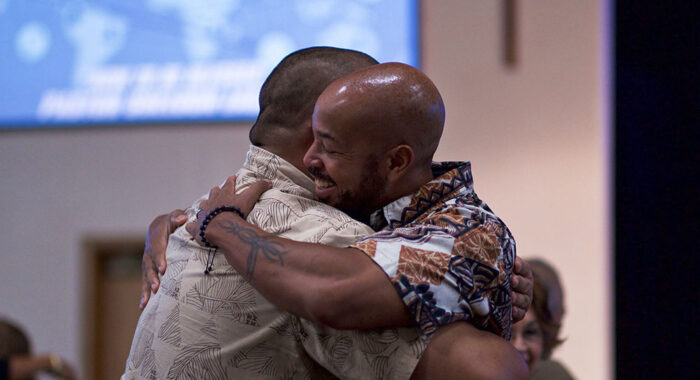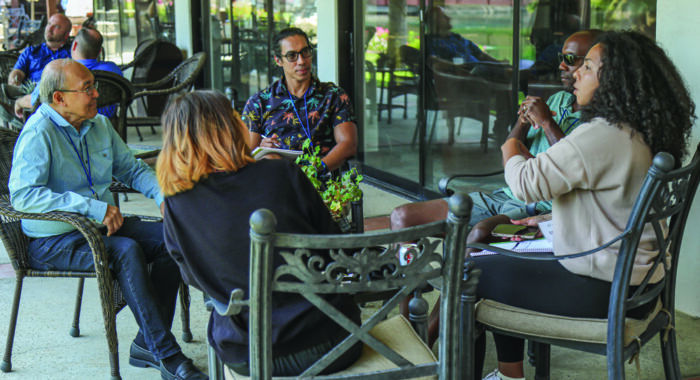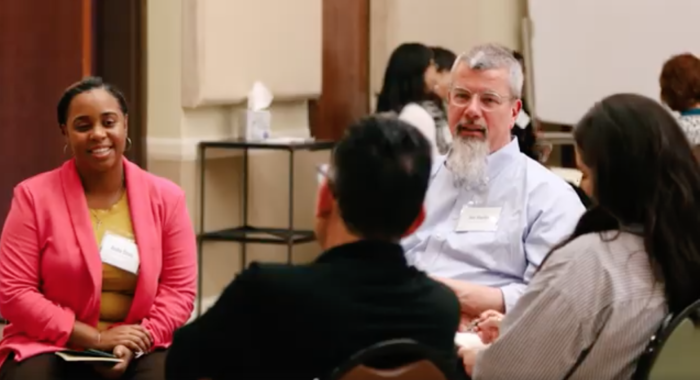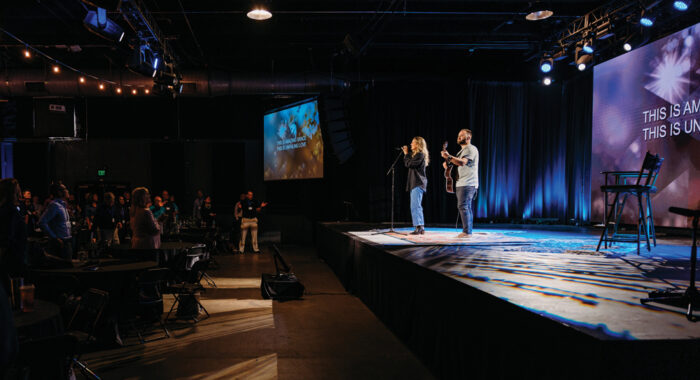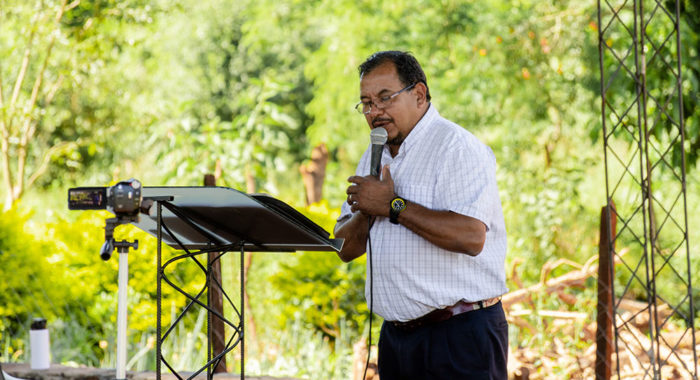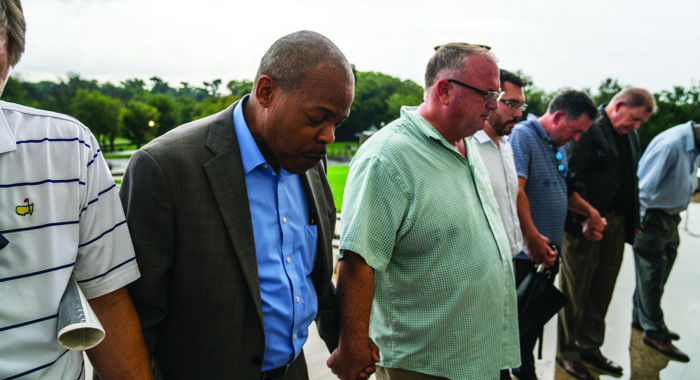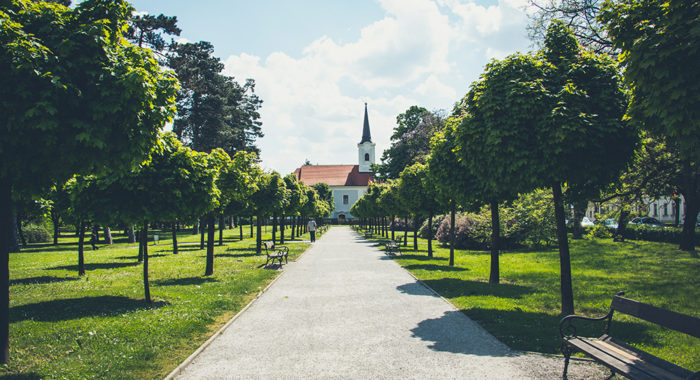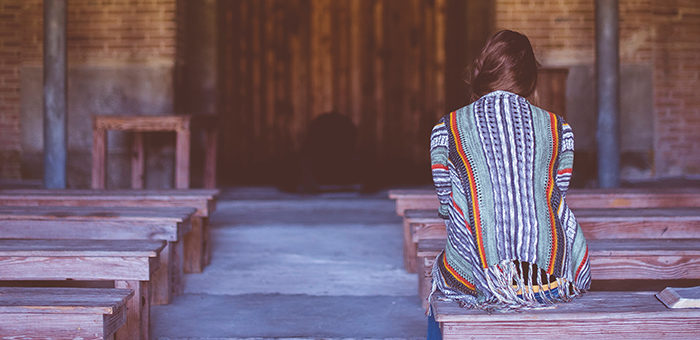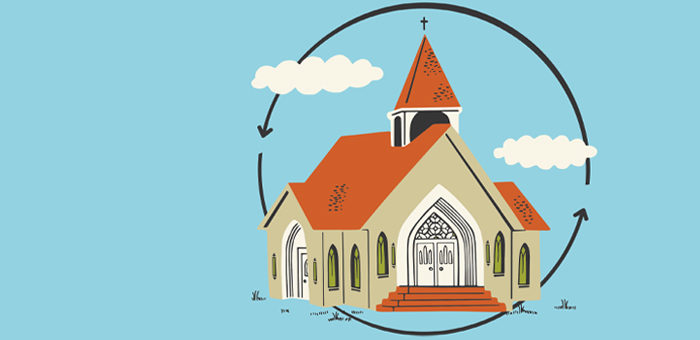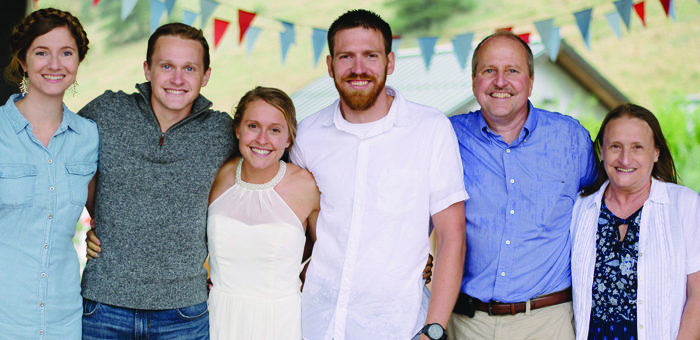Robert Jaeger co-founded Partners for Sacred Places in 1989. Previously, he worked with the Philadelphia Historic Preservation Corporation as senior vice president for the Historic Religious Properties Program. He is co-author of “Sacred Places at Risk” and “Strategies for Stewardship and Active Use of Older and Historic Religious Properties” and author of “Sacred Places in Transition.” Jaeger holds a master’s degree in preservation planning from Cornell University and an M.B.A. from the University of Michigan.

Congregations may find it difficult to obtain grants and donations from non-members, who view congregations as insular and unconcerned with the rest of society. Documenting a congregation’s value to the local economy demonstrates that the congregation is not a club but a community asset and is worthy of generous support.
We started with a study of the value of the space that congregations share for outreach programs, including child care, food programs, cultural activities and the myriad of other activities that churches typically house in their buildings, with a focus on older or historic properties. That value, calculated with the help of the University of Pennsylvania’s School of Social Policy and Practice, was over $150,000 annually for the average congregation.
Since then, we have recognized that congregations have an even larger economic value — what might be called their “halo effect” in the community — that includes the local impact of their operating and program budgets, the spending of those who attend weddings, events and other activities at the sacred place, and even the value of green space around the church building. Partners’ national study of the halo effect of sacred places will be released in early 2016, but we know already that the average will be over $1 million per congregation.
We believe this value is a key component of each congregation’s story, and can be used to help raise funds for the care of its building. Our experience has shown that congregations that make a strong case for their community value can have great success in raising capital funds from members as well as neighbors, foundations, businesses and former members.
This article originally appeared in Evangelicals magazine.



 View All Articles
View All Articles 

